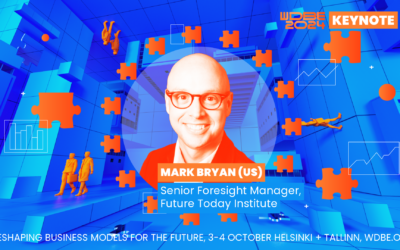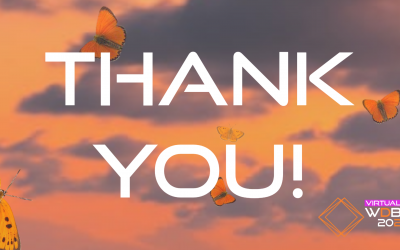Managing Narrative, Capturing Context, and Building Together: Talking VR and AEC with David Weir-McCall
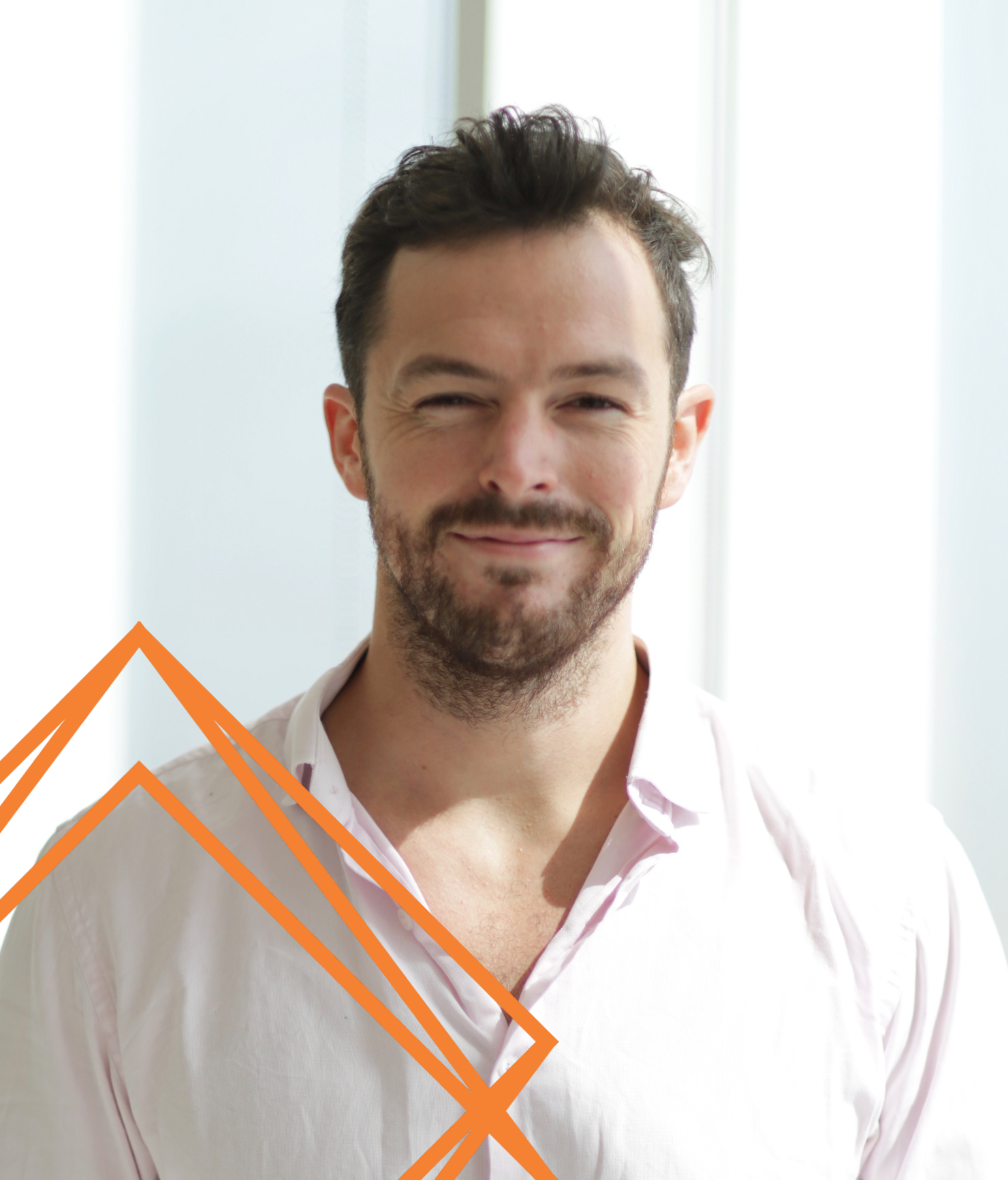
We sat down with David Weir-McCall of Epic Games to discuss the role VR plays in the modern AEC ecosystem. Our conversation covered the power of merging digital innovation with human insight, the importance of accessible data visualisation, and the role that the Unreal platform plays across a range of sectors every day.
Can you tell us a little bit about your career to date and what drove you to merge architectural design with tech dev?
Sure – I initially studied architecture and. after graduation, was looking at what I wanted to work on. What really interested me was big, complex, and large-scale projects because of the degree of challenge. So, I ended up heading out to the Middle East for seven and a half years and worked in a variety of multidisciplinary firms.
Finally, I bedded in with an architectural design practice called CallisonRTKL. The role focused on the early stages of design with conceptualization and schematics. But what I started to see first-hand was that standard practice across the sector was archaic in a lot of ways. As you designed, you worked in 3D. This let you see, and understand, the design intent very clearly. But when it came to submission, the model was always compressed and rendered in 2D.
So, my journey to the tech side began with seeing how software could be used to not only communicate ideas, but to relate the vision to end stakeholders, client developers, or whoever needed to see it. And I quickly understood that immersive experiences truly aided the design process – not just when it came to the end of a pitch or project.
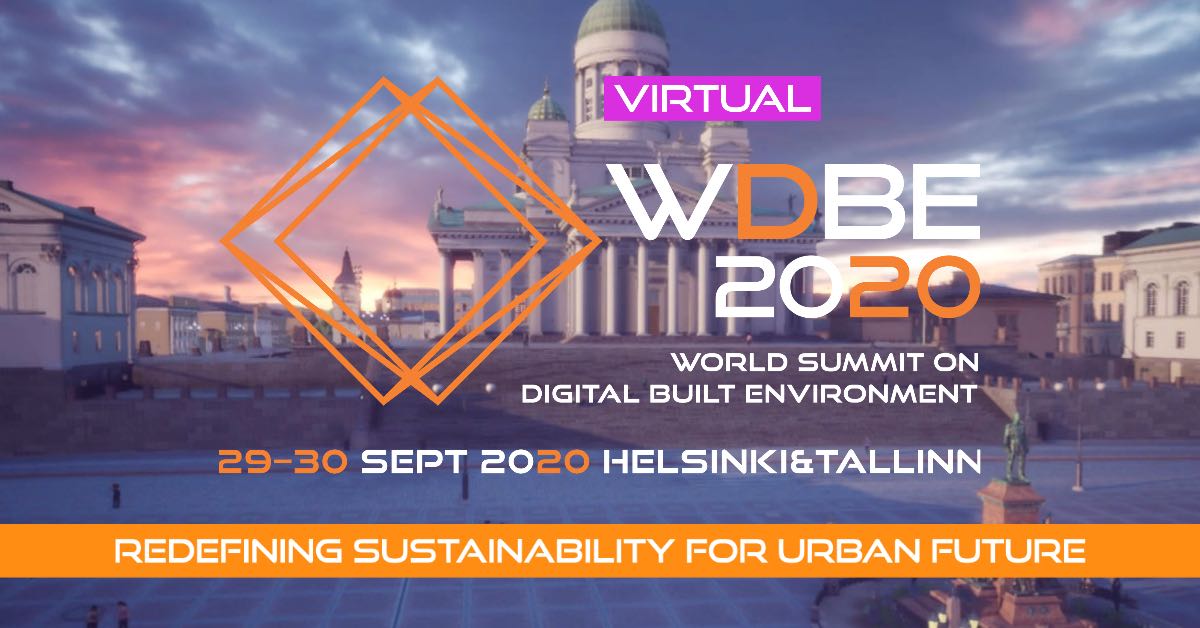
WDBE2020 offers 8 high-profile keynotes, 14 professional sessions, matchmaking & more!
Hear Jakob David Weir-McCall’s keynote at World Summit on the Digital Built Environment 2020! WDBE2020 brings together experts from the public and private sector globally – thousands of professionals from 45+ countries have already taken part in the pre-events as we are preparing for the WDBE Summit main event in September – get your ticket (199+VAT) now!
And how did you end up transitioning to Epic Games?
The move to Epic was part of the journey I was on in understanding immersive ways to share content. I ended up building a tool which let you track people’s experiences in VR, this let you put individuals in simulations and observe them. This let you see where they went, what they looked at, and better understand what made a space a space for people.
This let us address the question “What do people enjoy and what do they not?” before a space is built. Because of this, I got introduced to the Epic Games AEC enterprise team and was eventually asked to come on board and help work with and take part in development. So, that’s what me and a great team of people do now; visit and speak with AEC firms and support them with their endeavors using the engine.
Why is Epic interested in the AEC industry in particular?
The reason I started using the Unreal engine was because I had outputs and elements I wanted to share and the only way I knew it was possible was because I’d seen it in the game industry. So, when I was looking to push the boundaries of my work, the game engine became my tool of choice. And that’s a pattern we keep seeing with everyone we talk to.
The engine itself is an open 3D creation platform; it’s there to communicate, share, and it’s built from the ground up for creators. The AEC industry is full of amazingly talented, naturally curious people who love figuring things out. We’re interested in providing that toolbox of possibilities to them, seeing how they push the boat, explore, and challenge us in return.
You’ve previously mentioned the importance of narrative when it comes to realizing design concepts. Is this something you’re still seeing in the AEC sector at the moment and is VR helping?
Oh, absolutely [laughs]. As architects, we’re kind of natural storytellers in a way. We create and articulate an initial design that we then build that through layers. This goes from the initial concept, to the development of that, through execution, and final output. ‘Narrative’ here is the progression of that workflow and articulating the purpose of the project, alongside outlining how things are actually going to work.
There’s this common misconception that we’re given a project and we go “ah, well – here’s our concept. Or here’s the idea!” which gets approved and the project moves on. That is just not how the work progresses. What generally happens is, you come up with ideas you iterate and permutate on while things are changing and constantly in motion around you. It’s a very dynamic storyline where nothing is ever still. Any tool that gives the ability to change things on the fly, rework elements in the process, and grasp interoperability is something that’s important when it comes to guiding this process.
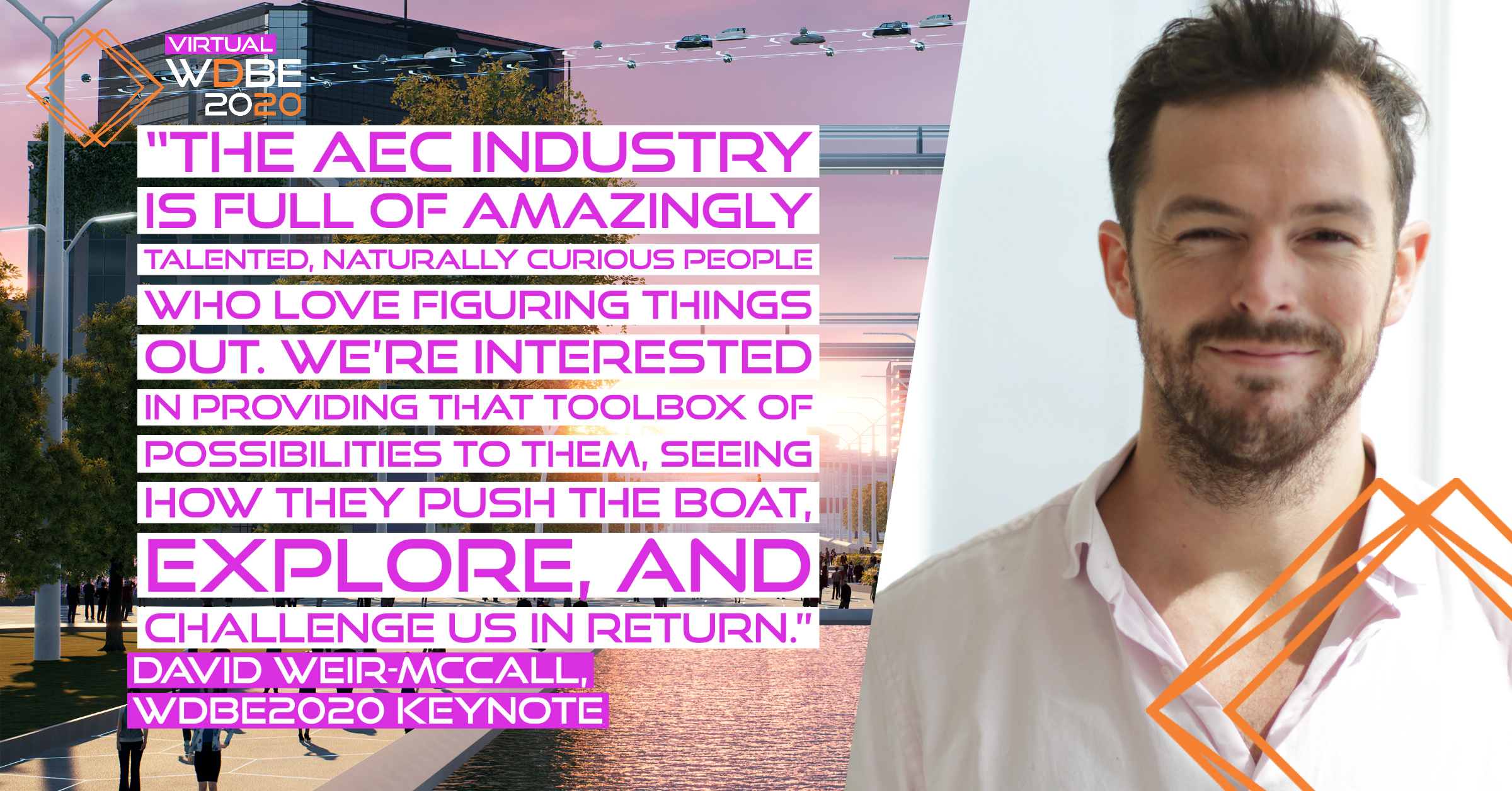
Is it a challenge that you feel Epic’s VR systems help with in particular?
I think when it comes to representing information, you need to do a lot of things. Of course, you can look at charts and figures understand how the information’s working. But where Unreal really comes in is its ability to translate information to make it understandable, like with Digital twins and translating sensor data.
To give an example, you can be in the middle of a demo and tell someone their space is 32°C or 18°C. That’s great, but it’s still an abstract number. But when you attribute a color to that number – blue is cold, red is hot – it’s the simplest possible way to represent this to a larger group of people and let them explore the space with context and understanding.
It’s worth remembering that any presentation is a situation where you are selling an idea to people who are often not experts. It may be people from outside the AEC, who aren’t practitioners, or even formally trained. But they do understand in this example of temperature the code of blue is cold and red is hot. And that sort of elegant data translation is what the system’s there to do – visualize work in a way that’s engaging and understandable to the general population or stakeholder. Or add that extra level of detail and critique for practitioners.
Is this something you can see continuing in the long term? Is this kind of visualization sustainable and are there challenges you can see us running into?
Yes, but I think the problem is correctly understanding and interpreting the data and all the issues that come with it. There’s a lot of conversation about data security, storage, and accessibility. But problems can arise in the fundamental understanding of the data and proving its viability against all possible known variables. And this is why analysis and visualization are so important.
I think we’re all aware of the fact that misunderstood data in the wrong hands could potentially have a bigger negative impact for a building than if we never used that at all. In that case, data is meaningless. One of things we try to do is ensure that our system is set up within a strong infrastructure that allows you to set and control these parameters for a project.
It’s this kind of practical sustainability that we need to get our heads around. Because it could lead to really bad things: buildings that end up performing worse, inhospitable environments. You name it. But on the other hand, the rewards are significant when it’s done right.
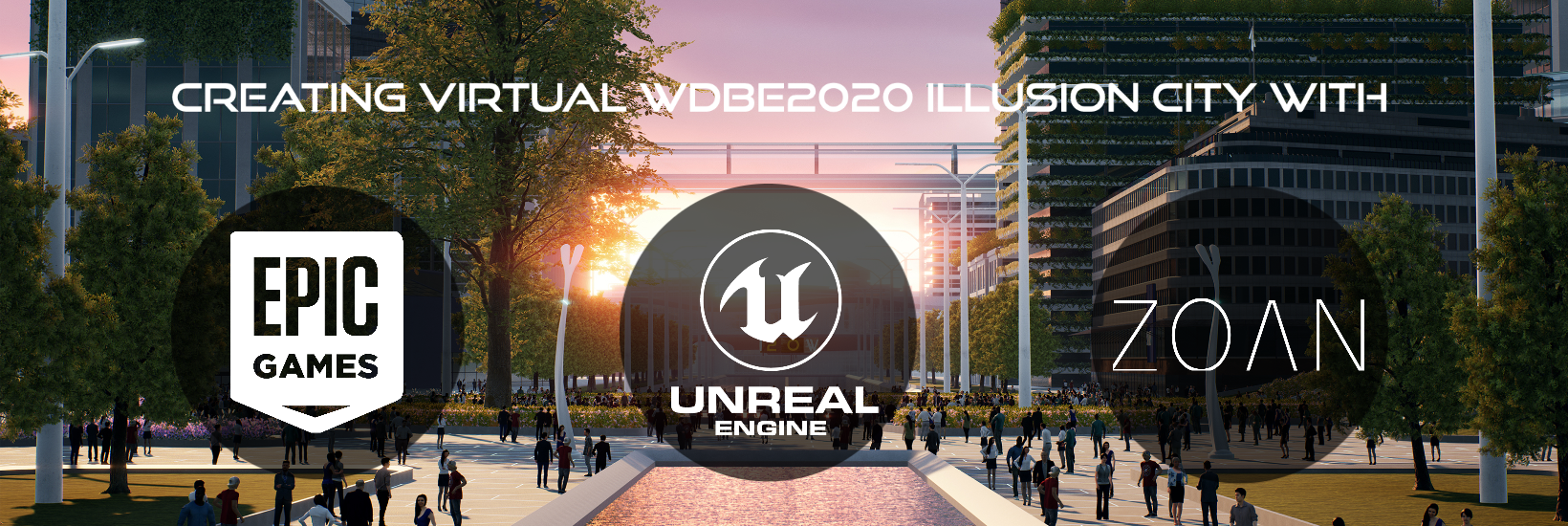
What are the most exciting developments in the built environment space at the moment?
It’s not big or flashy, but the big one for me is interoperability. One of my pain points as an architect was that you always had these different platforms that just didn’t talk to each other. One of the great things that I’m seeing across the sector is people creating new tools to help address these problems. This gives users the ability to work up designs in SketchUp or Revit and in Unreal all at the same time without having to be forced or to pick and choose the platform they need to use.
We’re seeing people utilize, or further develop, these tools to help fix the overall problem around interoperability. It’s something we’re dedicated to supporting, by empowering highly creative people in these industry sectors to develop tools and solutions around what they identify the need is, and that’s pretty exciting to me.
Finally, can you give us a clue about what you’re going to talk about?
See everything above! [laughs] What I love about my job is that we get to hear and see from so many different types of people and organizations. The inspiring, the creative, those with the moon-shot concept that could change the world. I’ll be sharing what we’re doing, what’s coming in the AEC, and how we can potentially add value. But, really, I’m keen to engage with this holistic view about the future of the sector and how we can help support that.
David Weir-McCall will be speaking at WDBE 2020 on September 29, 2020. You can book tickets at wdbe.org or learn more about the other events and the regularly updated agenda.
WDBE2020 Updates
Digital Transformation of the Built Environment Sets New Requirements: Future Today Institute Expert Sheds Light on Future Prospects at WDBE2024 Summit
Mark Bryan, Senior Foresight Manager at the Future Today Institute, which focuses on strategic foresight, has been confirmed as a speaker for the World of Digital Built Environment (WDBE) 2024 Summit.
A message from Teemu Lehtinen on behalf of the WDBE2020 organising team
I want to thank all the amazing 522 attendees for joining us in this years’ virtual summit. I also want to thank all of our dear partners, keynote speakers and the community behind the magnificent presentations we were able to witness during our 2-day Summit.
Data guides sustainability decisions at YIT
Data and sustainability are both mega trends in the built environment discourse. Consequently, they have both been important development themes at YIT.

